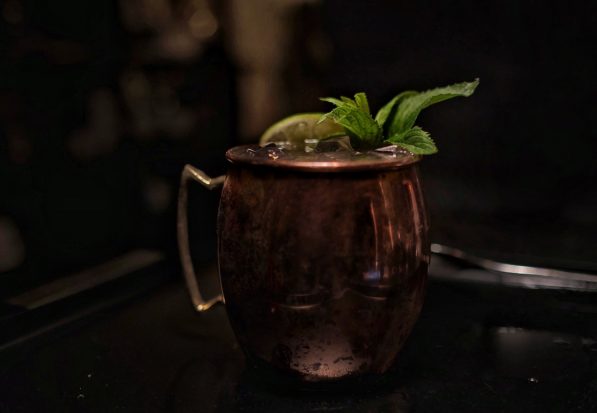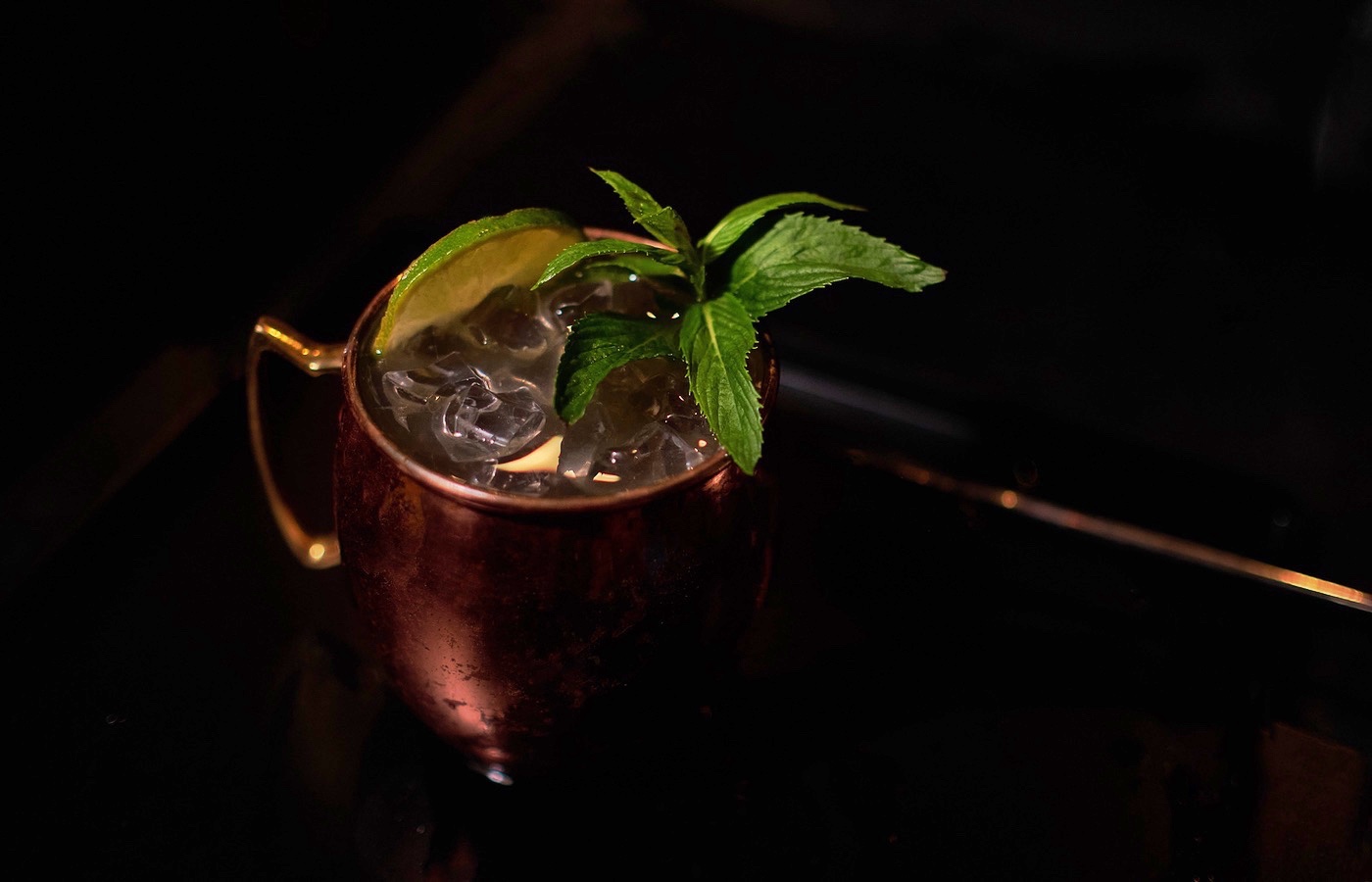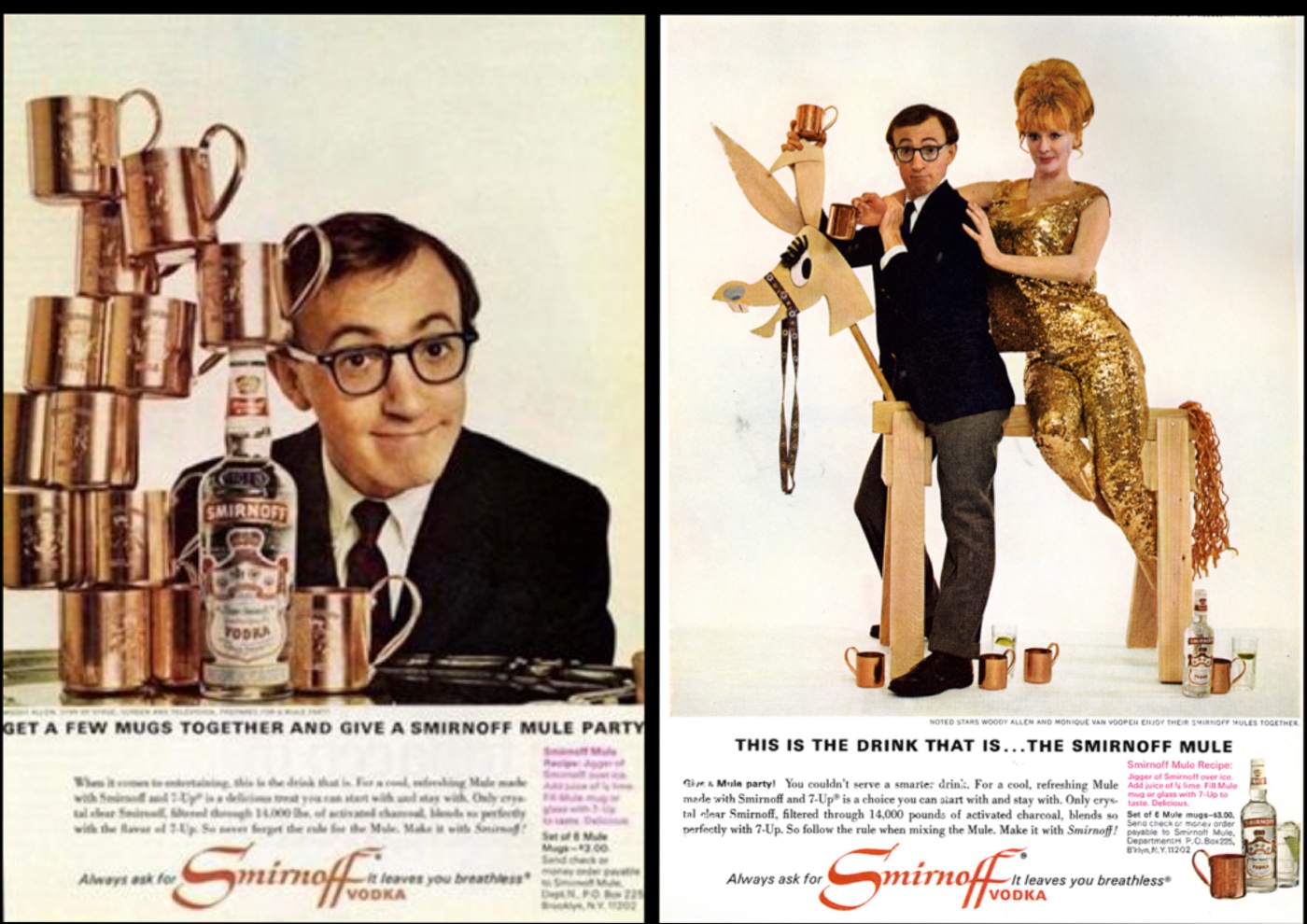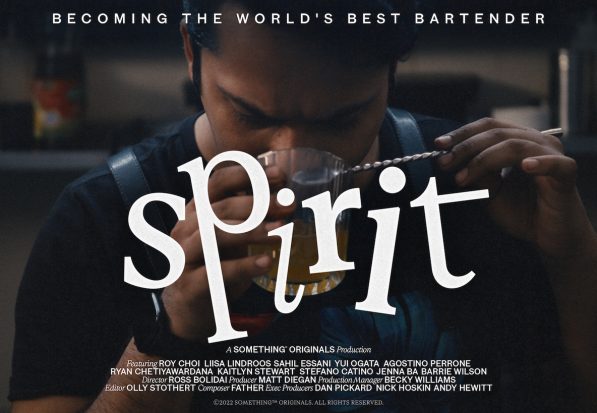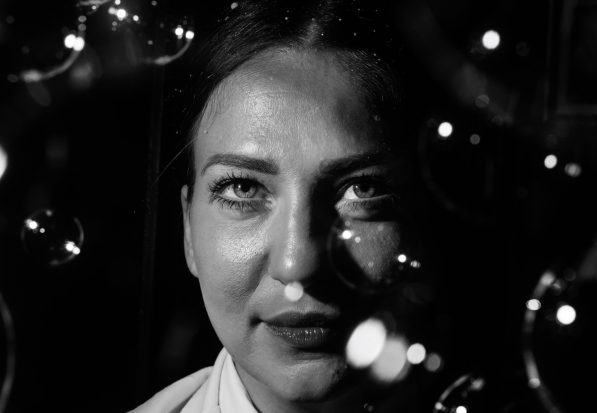In 1950 when Billy Wilder’s Sunset Boulevard was released, Hollywood was still a place where anything could happen. Yet the “Boulevard of dreams” to which he referred was meant as a cautionary tale against the ephemeral allures of fame and fortune.
Yet, along that same Boulevard, nine years earlier in 1941, those same lures birthed the Moscow Mule by what can only be described as the quintessential American story.
For the characters involved in this tale, the achievement of fame and fortune came from crafting a classic cocktail that, to put it in a nutshell, came from an overabundance of supplies and a desperate need to move them.
Even though it has survived 80 years, it is perhaps worth asking whether the Moscow Mule has perhaps become the Norma Desmond of the cocktail world. Although famous, is it just a drink that is waiting silently for yet another comeback.
While so many cocktails have no story behind them, (after all they are, as David Wondrich is believed to have once said, they are created by drunks), the Moscow Mule has quite the cast to fill out its mid-century back story.
There was the Vodka distributor (who was trying to sell Smirnoff to a country that didn’t, at that stage, drink Vodka), the bar owner (who made, but could not seem to sell, his own Ginger Beer) and of course, his girlfriend (who inherited a copper goods business).
And the drink they created through need, would go down in cocktail history. Yet, like a good Hollywood starlet, the cocktails fame would ebb and flow, as it constantly sought the limelight and fought for its time to shine.
Bartenders like Eric Alperin & Charles Joly have their own stories that intertwine the drink in the tapestry of the modern craft bar scene
So Sasha made a Moscow Mule and sprayed it with rosé water and ba da bing – “New” cocktail.
Alperin tells an origin story of a Moscow Mule variation, that comes from his days working with the late visionary, Sasha Petraske, which is as much a tale of bartending brilliance as it is about the adaptability of the style. “Basically Sasha was appeasing a childhood friend who was at Milk & Honey on the regular,” he explained.
“She always wanted the bartenders to come up with original creations for her. It could be a bit annoying, especially when you’re in a busy service push. So Sasha made a Moscow Mule and sprayed it with rosé water and ba da bing – “New” cocktail.”
This story was of course about Petraske creation of the modern classic, the Palma Fizz, which has since become somewhat of a signature drink at Alperin’s LA bar The Vanish, which has itself just celebrated its own anniversary marking 12 years.
Charles Joly’s stories, on the other hand, revolve around the ingredients, and in particular the ginger beer. Being a stickler for making everything from scratch, he refers to a time when an entire case of homemade ginger beer exploded in a kitchen cooler, while they learned the finer points of fermentation.
But by far his favourite story involves making ginger beer as part of developing his Crafthouse Cocktails range of bottled cocktails at a small co-packer both he and business partner Matt Lindner had found outside of Montreal in Canada.
Aside from the trouble that was caused by the ginger juice clogging the filters along the bottling line, the ginger juice itself took the whole exercise into the realms of physical comedy.
“It’s really slippery when it backs up and spills all over the floor,” he explained. “It’s quite slick. And so, yeah, we had this entire facility’s floor covered in ginger juice and we were slipping and sliding around in the wee hours of the morning after working all night on this thing. Things have gone quite a bit smoother since then.”
Yet in a time of clarification and highly complex flavours, it’s easy to look at the Mule as being a little too passé or too simplistic to be taken seriously. To paraphrase the words of Norma Desmond, “It’s still big, it’s the drinkers that got small”.
But to some, this is very much the allure of the Mule and its many variations. Unlike many simple drinks, this is a cocktail that breaks the mould that dictates that simple cocktails are the hardest to make, as it is one of the few drinks that you simply cannot f*ck up.
It’s a drink that allows even the most inexperienced bartender to shine, it’s a drink that helps the lights to stay on in many bars in the early 2000s and it’s a drink that helped propel Vodka towards its ‘most popular spirit’ crown.
After all, it’s an unsupported fact that drunk people like shiny things (really, there can be no other explanation for disco balls) and all of us have seen first-hand the effect of the mug in action. If one person orders it, you will suddenly have the whole bar ordering it because shiny copper is always good.
So, if Sunset Boulevard taught us anything, it’s that you should never discount a ‘has-been’ star (or cocktail), because they are always ready for their closeup.






